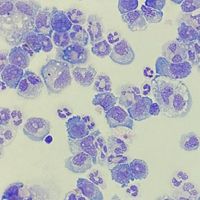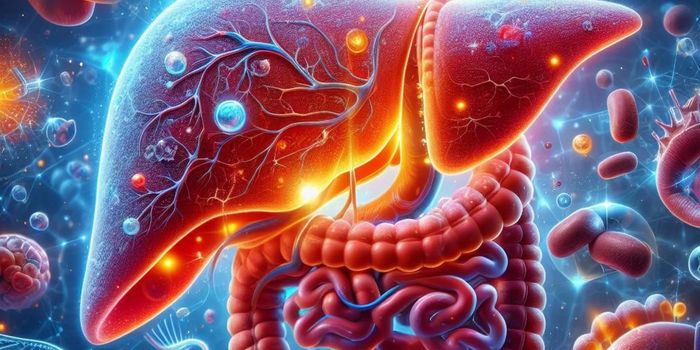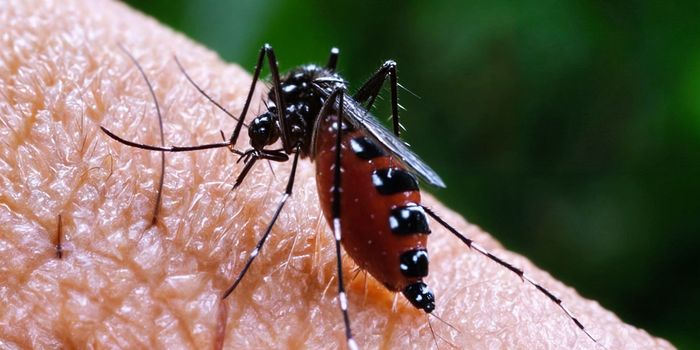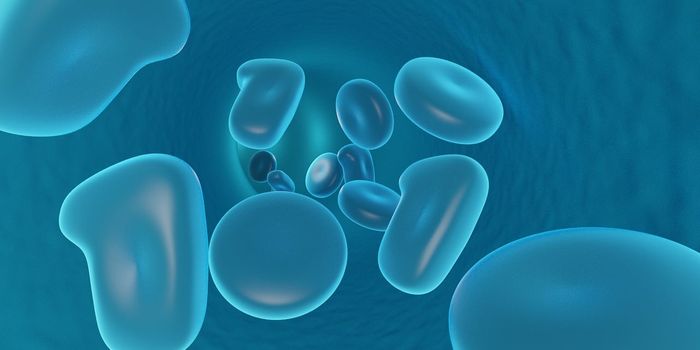Intranasal Vaccine for COVID-19 Establishes Protective Immunity
Since the COVID-19 pandemic, much of the world’s concern has subsided. Masks are not required anymore, distance restrictions are eliminated, and most institutions have gotten rid of their policies to reduce the spread of the disease. However, COVID-19 is still a threat, especially for those 65 years old or individuals with a compromised immune system.
Current vaccines offer sufficient protection against serious illness or death for healthy people compared to those that are immunocompromised or older (over 65 years old) are still susceptible to deadly symptoms. There is also still a lack of protection against COVID-19 spreading to the lungs and upper respiratory tract, even with the most current vaccine. This limitation in the vaccine mechanism leads researchers at the University of Michigan and the Icahn School of Medicine at Mount Sinai to investigate an alternative approach to COVID-19 vaccination.
Drs. Pamela Wong, Michael Schotsaert, and others teamed up to develop an intranasal vaccine to overcome and combat the spread of COVID-19 in the upper respiratory tract, published in npj vaccines. The difference between this vaccine and others is that the intranasal vaccine structure includes a novel adjuvant. Vaccines tend to include adjuvants or substances embedded in the vesicle of the vaccine to elicit a strong immune response. Interestingly, the vaccine developed by Wong and colleagues combines nanoemulsion and an RNA-based material to form the adjuvant. Nanoemulsion refers to the stability and small size of the vaccine, which helps improve the transportation and strength of the vaccine. Genetic material, such as RNA, helps the immune system quickly detect pathogens.
After almost a decade working on intranasal vaccines with the two-part adjuvant component, Dr. Wong and colleagues have demonstrated prevention of COVID-19 using their design. Dr. Wong highlights that an intranasal vaccine is also advantageous because it helps prevent viral transmission through induction of the mucosal immunity.
The mechanism by which the vaccine works emphasizes the initial immune response. The RNA adjuvant triggers an immune response, while the nanoemulsion structure maintains stability and structure as the vaccine is carried through the body before being cleared too quickly out of the nasal passages. The nanoemulsion structure also helps promote an immune response from the same pathways triggered by the RNA. Researchers tried the vaccine against COVID-19 and found that the adjuvant with the SARS-CoV-2 receptor, which are on infected cells, enhanced antibodies that targeted COVID-19. It also elicited a strong anti-infectious response by increasing T cells, which are immune cells responsible for killing infectious pathogens. To support these findings, they saw improved immune protection in young and old mice. Interestingly, the intranasal vaccine performed better than the intramuscular adjuvant, which is currently used for the flu vaccine for older patients.
Wong and colleagues have demonstrated an effective immune response to COVID-19 through an intranasal vaccine. It is very rare to have an intranasal vaccine trigger a strong immune response. The vaccine has also been shown to stop the spread of COVID-19 in the upper respiratory tract, which further highlights the novelty of this vaccine. It can be used for more susceptible patients and improve COVID-19 survival. Overall, this is a great step forward to combating the limitations of current COVID-19 vaccines and improving preventative health for immunocompromised and elderly people.
Published, Pamela Wong, Michael Schotsaert, University of Michigan, Icahn School of Medicine at Mount Sinai, npj vaccines








